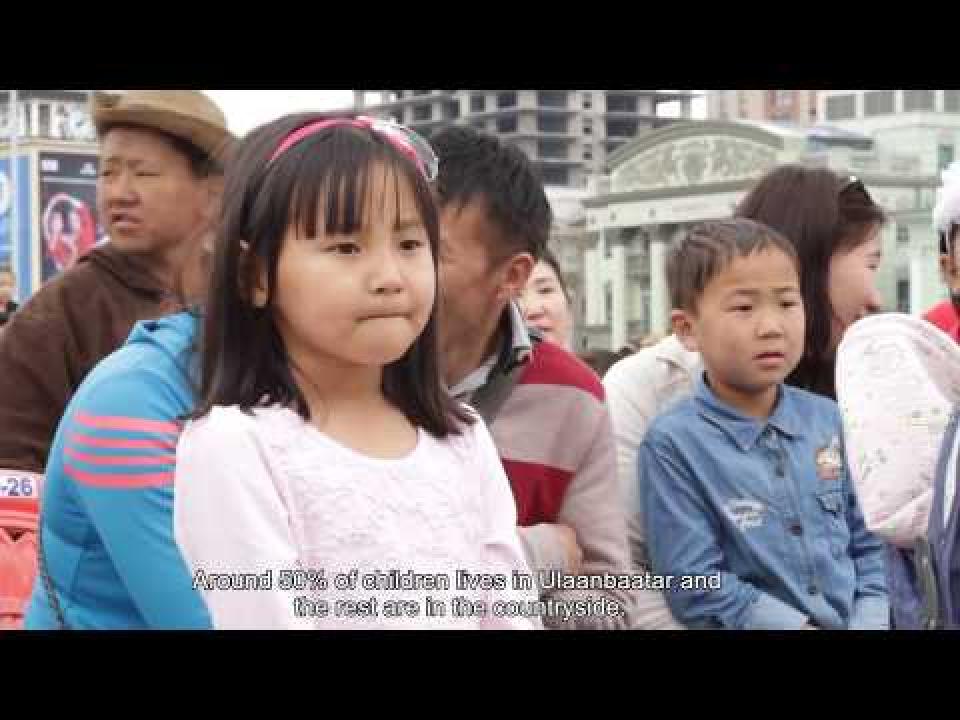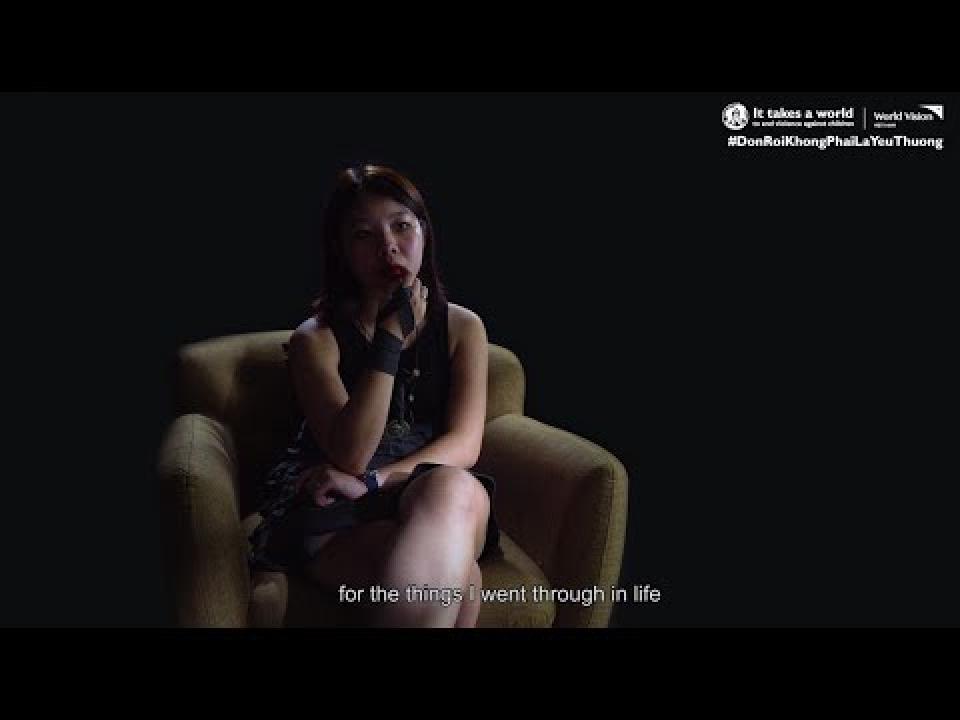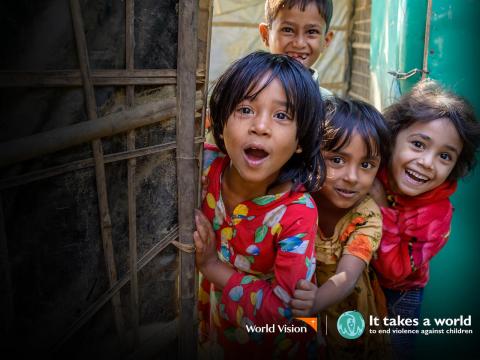
5 ways effective partnering can boost campaigns
By Mike Wisheart, Senior Advisor, Business Sector Engagement and Partnerships
Violence affects 1.7 billion children. It costs the world up to US$ 7 trillion every year.
World Vision’s goal is to end child poverty. Our vision is life in all its fullness for every child. So we had to do something about violence. In 2017, we launched a global campaign It Takes a World to End Violence Against Children and threw the full weight of the organisation behind it.
We named the campaign It Takes a World because we knew it would take everyone to stop this pandemic of violence. We knew that we needed our existing partners and all kinds of new ones to join with us. Over the past two years we have welcomed more and more organisations: community groups, faith groups, those consisting of children and adolescents, governments, the private sector and the UN.
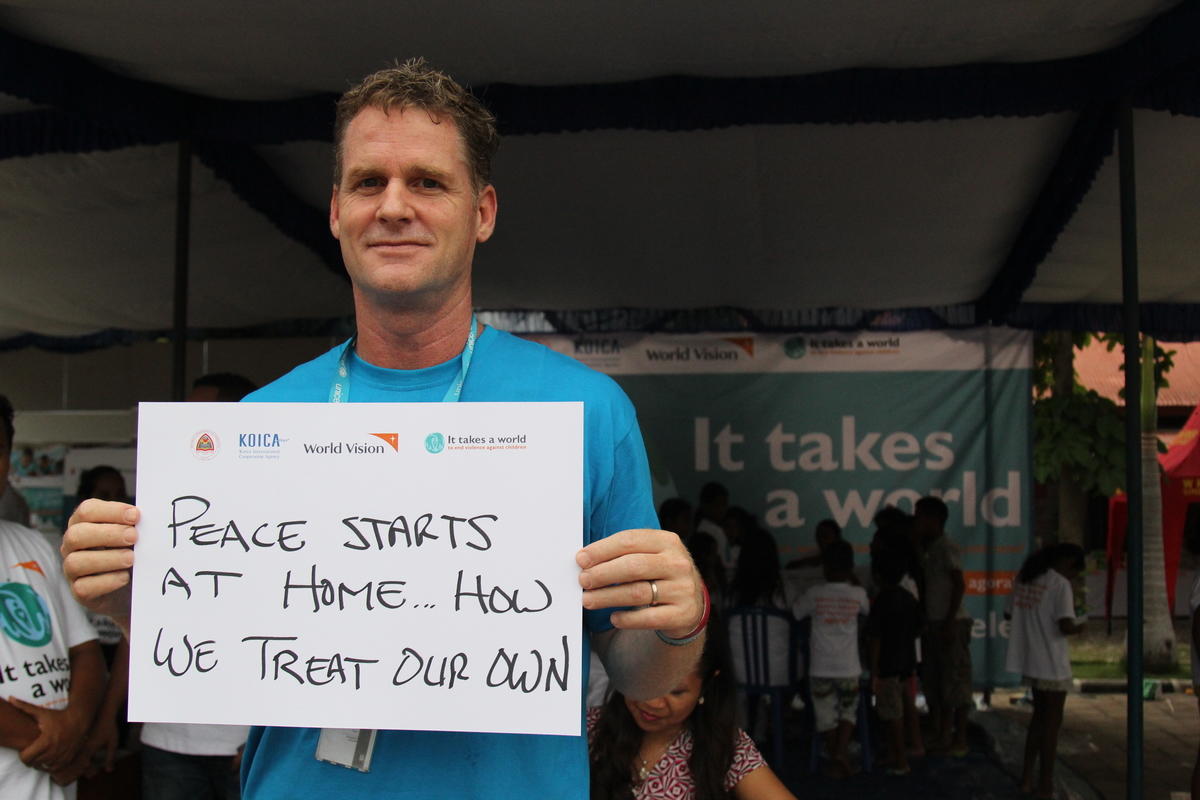
But we were and still are eager to accelerate this partnering trend and ensure we are collaborating effectively. So we took a good look into three national-level expressions of the global campaign in Armenia, Eswatini (formerly Swaziland) and Lesotho to discover the elements of good partnership. We also analysed how effective partnering contributed to campaign goals at the national level.
Those three case studies (Armenia, Eswatini, Lesotho) revealed strengths we could replicate and areas of weakness that needed working on.
Below are the five partnering related recommendations for running national-level campaigns from emerging good practice:
1. Develop a national campaign partnering approach based on an understanding of the context for collaboration
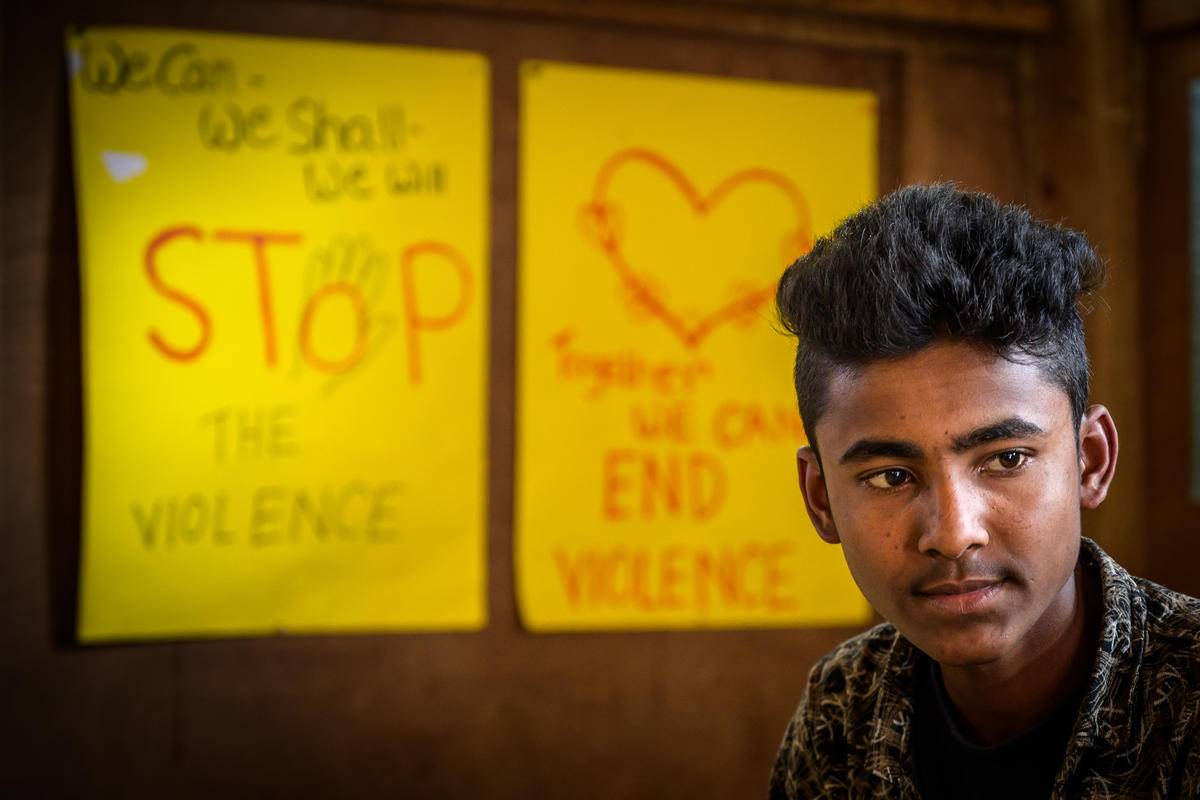
You need a ‘collaborative eco-system’ in which key actors are ready and able to collaborate together on an issue. The issue needs to be a high priority for everyone, especially the government. If there’s no multi-stakeholder collaboration mechanism already in place, you have to build one.
2. Think beyond the ‘usual suspects’ to achieve far-reaching, sustainable change
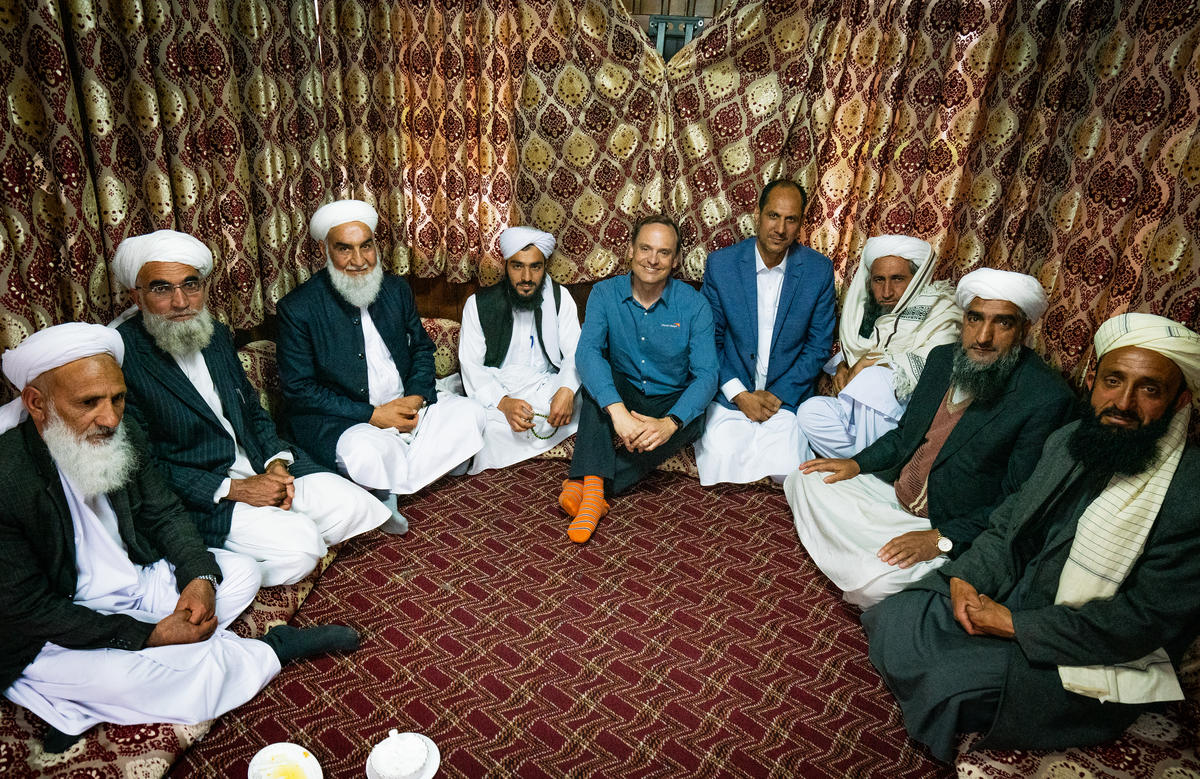
Everyone is a potential partner, especially the private sector. No matter who you partner with it’s important to consciously manage the power balance (or imbalance), and invest in the capability of partners to collaborate together effectively.
3. Balance the need for early momentum with making longer-term foundational investments
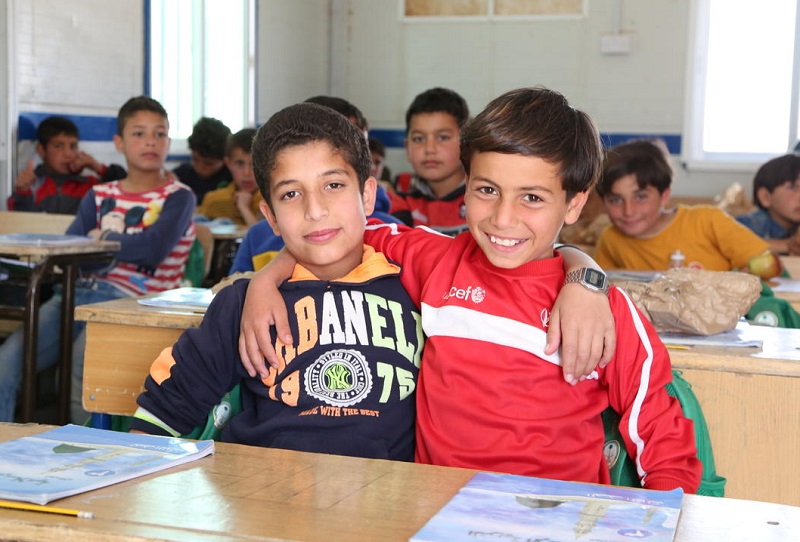
Each case study country faced quite different challenges regarding balancing the need to create and maintain momentum in the early stages with the need to make longer-term, strategic investments. One tip is having a small coalition of willing partners propelling your campaign at the outset which requires fewer resources, is easier to manage, and results in faster decision-making and implementation.
4. Consciously manage power imbalances
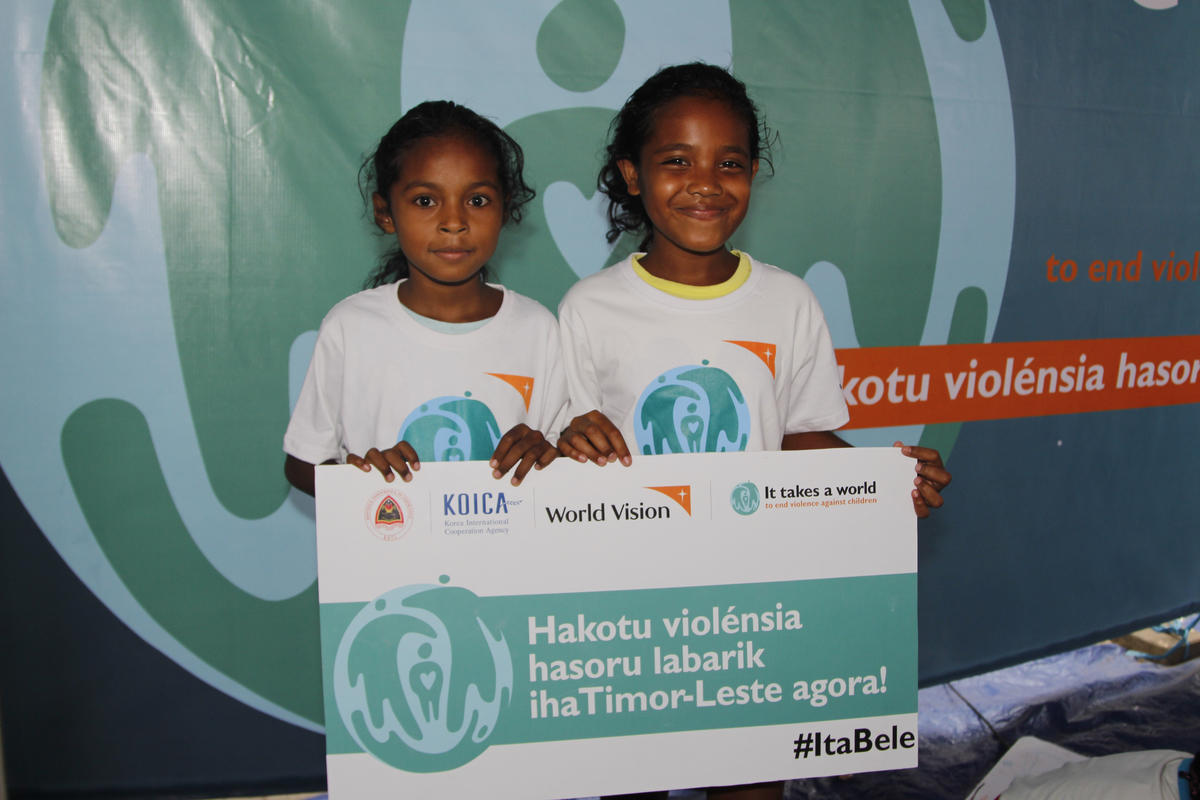
In partnerships, ‘The well-intentioned actor with power will consciously manage how it projects its power in order to respect the necessity for “equity” – a key principle in establishing genuine partnership’. In its global campaign design we have recognised the link between power and brands and logos by creating a campaign logo which can be used with or without the World Vision brand. This is intended to remove a potential stumbling block for other organisations to join the It takes a world campaign as full partners.
5. Invest in strengthening the capability of partners to collaborate effectively.
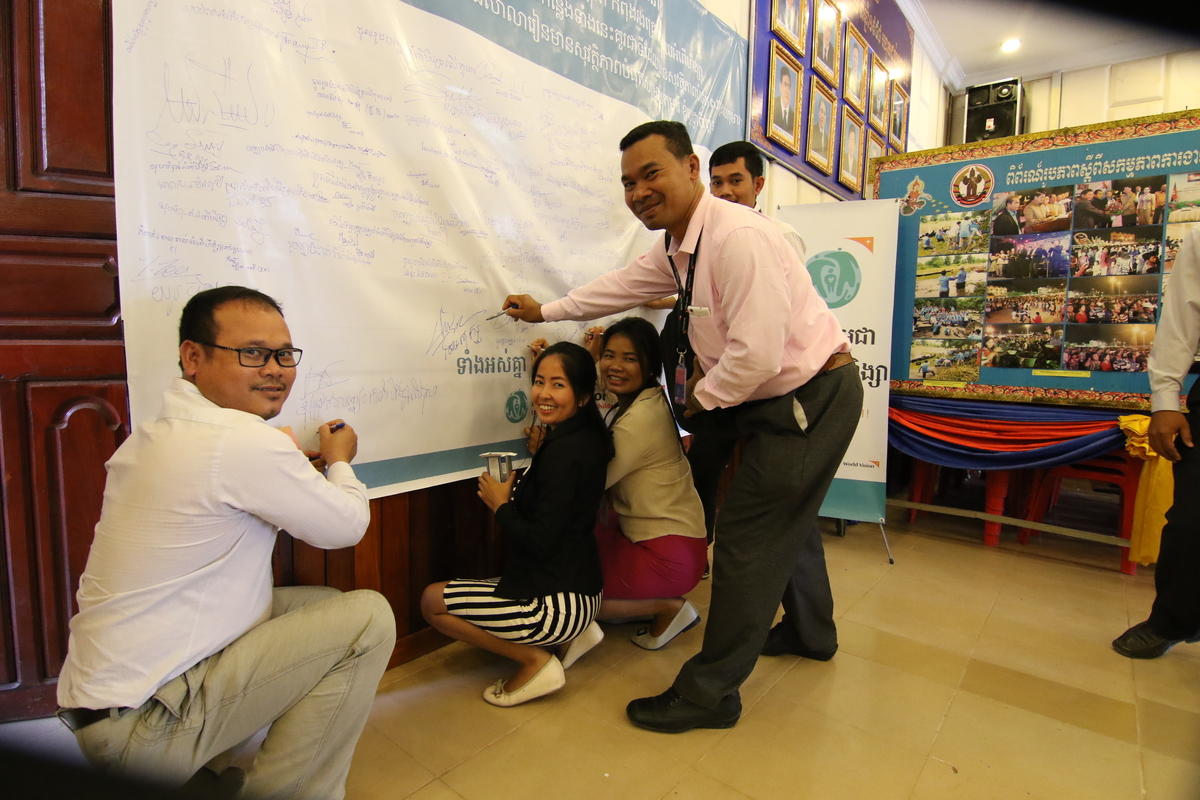
Organisations have different understandings of how to partner effectively which could lead to misalignment of expectations and poor partnership outcomes. Holding joint partnering training with potential partners can address these issues and build key partnering competencies including how to apply core partnering principles and effectively manage common challenges through the partnership management cycle.
Alongside these five recommendations, we also discovered three areas to strengthen and one new approach to explore. Click here to read the complete study summary.
The lives of children in all countries, but especially in the most dangerous contexts, can change for the better when organisations invest significantly in global campaigns with national expressions of that campaign that comprise diverse, equipped partners. If you would like to join the It Takes a World campaign, why not please read and subscribe to our newsletter and/or contact us at ittakesaworld@wvi.org? Please write to me with your comments and questions or drop your highs and lows of partnering in the comments below.

